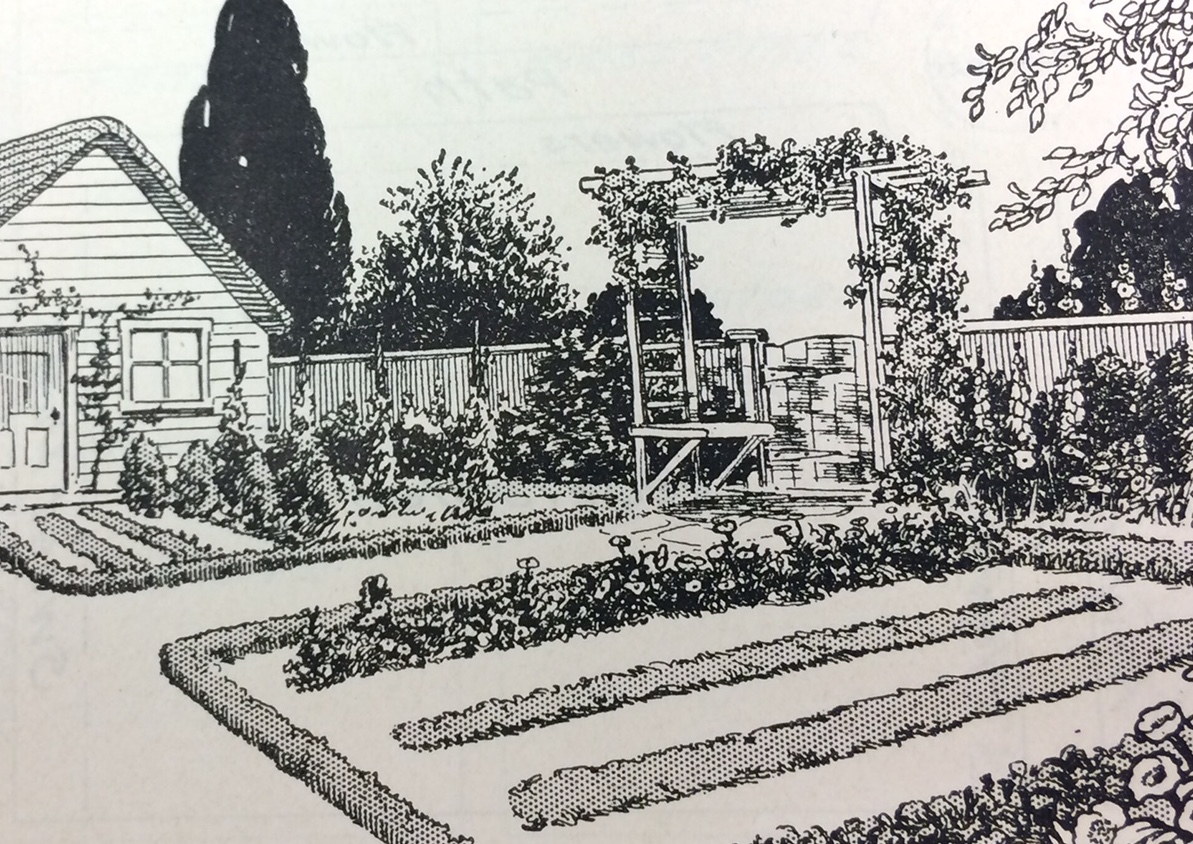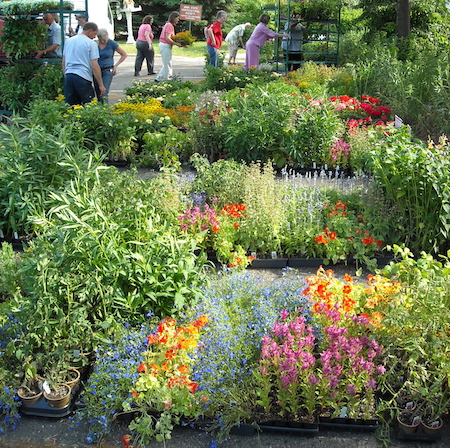150 Tips: Garden Design and Planning Ideas
Winter is the perfect time to plan and design your garden, whether you’re putting together a layout for your vegetable garden or a master plan for a new landscape. Garden planning requires taking measurements and prioritizing some types of plants and projects above others. Here are five garden planning and design tips that still work from our archives.
Consider paths and other hardscape carefully. The right paths, drives and other hard surfaces are essential for helping people (and wheelbarrows!) move through the garden. But these features are expensive, so install only those that are absolutely necessary, advised F. H. Nutter, a Minneapolis landscape architect in 1895. The best paths create a frame for the lawn and a garden of trees, shrubs and flowers, he said.
Make paths wide enough! Consider the room two people walking side-by-side need to go along a path and make it wide enough, said Louise P. Mealy, president of the Monticello Garden Club in a 1934 article in the Minnesota Horticulturist. She recommended paths be 4 feet wide if possible. Another great tip from that article: When thinking about the backdrop for your garden, look at your neighbor’s yard. Do they have a beautiful tall evergreen that would be the perfect backdrop for your garden?
Curved lines are more enticing. In a talk to nursery owners in 1905, peony breeder O.F. Brand of Faribault recommended curved lines for driveways and paths. “They produce a better effect than straight ones,” he said. No tall shrubs along the paths either, he said, and if you must plant a tall shrub choose the native high bush cranberry rather than lilacs. (Good advice, then and now!) Of course, he also recommended peonies be planted “liberally” in any northern garden.

Combine your flower, vegetable, and fruit gardens. In an article in the March 1957 issue of Minnesota Horticulturist, U of M professor A.E. Hutchins offered several creative suggestions to enhance both the beauty and utility of a home vegetable garden; for instance, planting Cosmos with asparagus creates the appearance of a “beautiful bouquet after the asparagus cutting season is over.” Among his other recommendations, Hutchins notes that sunflowers act as great poles for pole beans, and that “carrots and lettuce make very pleasing temporary edging plants for flower beds and chives and parsley can be used similarly for a more permanent edging.”

Creating a new garden on a budget and quickly is possible. In a 2004 issue of Northern Gardener, writer Erin Hynes described re-doing her friend’s backyard landscape over a long weekend, while spending less than $600. (The budget was $500, but they went a bit over.) Among her tips: Decide on a style (they chose slightly formal), use hoses to outline your proposed beds, see if you can find pass-along plants from your gardening friends to fill out the beds (most are happy to share!), do the redesign late in the season when plants and even trellises may be on sale; and if you are pulling up sod, consider renting a sod cutter and make sure you have a place to compost or reuse the sod.
Stay tuned here and in Northern Gardener for more tips from the archives of MSHS as we celebrate 150 years of publishing gardening information.

Where is your ‘on site’ location to get a garden weekly chore list?
Hi Daryl, our office is located in Roseville, MN (1935 County Road B2 West, Suite 125) – stop by anytime M, T, Th, Fr 10-3. We offer planning calendars for 2024 and the current issue of Northern Gardener magazine for purchase. You can also search our website (blog and Resource Hub) for a wealth of info about what to do in the garden each season. Let us know if we can help any further. Happy growing!